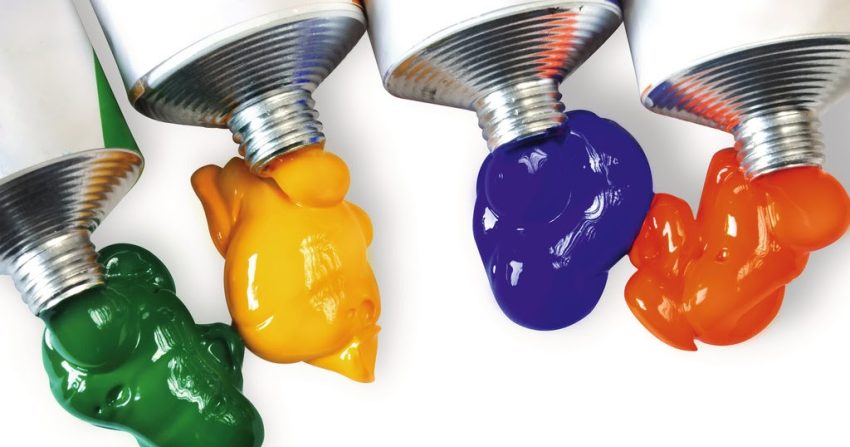A polymer emulsion is a creamy liquid that is utilized to produce many goods people use daily. From barrier coverings on food labels to the pressure-sensitive adhesive of a gummy note to the fluid used in waterproofing membranes in shower headlines, these polymers are pervasive. For instance, waterborne covering utilizing emulsion polymers are the very vastly utilized form of coating technique globally. Polymerization takes place when a number of chemical units, or monomers, are related collectively by covalent bonds. Homopolymers occur from monomers, and copolymers type from two or many kinds of monomers — such as styrene and butadiene.
A polymer emulsion is made when the polymerization procedure takes place in a fluid, utilizing free radical emulsion polymer. The scientists at Mallard Creek Polymers follow five various kinds of polymer emulsion chemistries — and ideal goods can be made within every polymer group. Styrene-butadiene latex has a heavy crosslink thickness that gives it rigidity, potency, and tractability. Chemists can change the polymer arrangement to make polymers with ideal features suitable for the end-use application. These ideal features make SB latex appropriate for several uses necessitating superior water resistivity, good balance of ductile and elongation, exclusive adhesion to hard substrates, and heavy filler loading. A few instances are moisture vapor barrier coatings for food packaging, carpet back coatings, and fluid-used membranes for shower stalls. Acrylic polymer emulsions are multiple polymer emulsions that can be made to achieve an array of features.
The polymer emulsion market is witnessing significant growth as industries embrace eco-friendly and cost-effective solutions. These water-based polymers find applications in paints, adhesives, textiles, and more. Their low VOC emissions and improved performance attributes contribute to sustainability goals. As consumers demand greener products, the market responds with innovations in specialty emulsions, paving the way for a brighter and more sustainable future in various sectors worldwide. According to Coherent Market Insights, Increasing infrastructure development initiatives coupled with the gain in a total number of manufacturing industries is expected to create enormous growth opportunities for Polymer Emulsion Market during the forecast period.
Acrylic polymer emulsions are most usually generated from acrylic acid, methyl methacrylate, methyl acrylate, and butyl acrylate. Chemists can use acrylic polymer emulsions for various end-use applications by uniting the correct hard and soft isomers. Acrylic polymer emulsions are significant for their better water, Ultraviolet, and heat resistivity, heavy solids, capability to crosslink, and better adhesion to the least surface energy substrates. Styrene-acrylic emulsion polymers are generated from styrene and acrylate esters. These multiple components, such as all polymers, can be formed from a variety of various acrylic monomers to make a random copolymer with a particular Tg. Global styrene-butadiene latexes market size is estimated to be valued at US$ 9,120.3 million by 2023, exhibiting a CAGR of 3.5% during the forecast period.
Styrene-acrylic polymer emulsions are pervasive in each market while water-based methods are utilized owing to the array of particular features that can be accomplished. A styrene-acrylic polymer, in contrary to a complete-acrylic polymer, would have the best water resistivity yet will cost less to generate. Styrene-acrylic polymers also have properties with heavy gloss, good weather ability, and good stain resistivity. Resin-supported emulsions, a substitute for styrene-acrylic emulsion polymers, are emulsions made on an alkali-soluble resin. This leads to an emulsion with the least optimal FFT relative to the polymer’s glass transition heat. Vinyl acetate-based polymers are made from vinyl acetate monomers that are inexpensive and instantly accessible. For instance, as per The Commerce Department in the U.S., the construction expenditure by the regulatory rose up to 0.2% in 2021.

